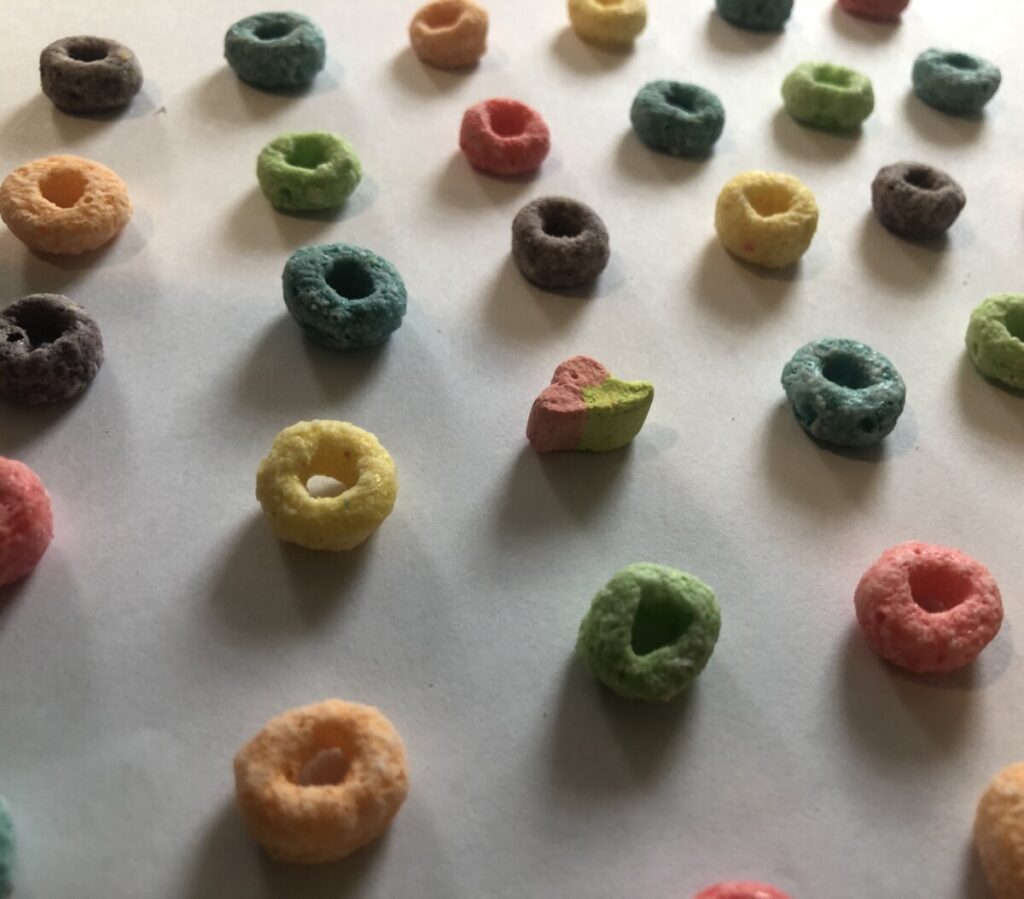

Robin Michals | COMD 1340 Photography 1 OL89 | FAll 2020

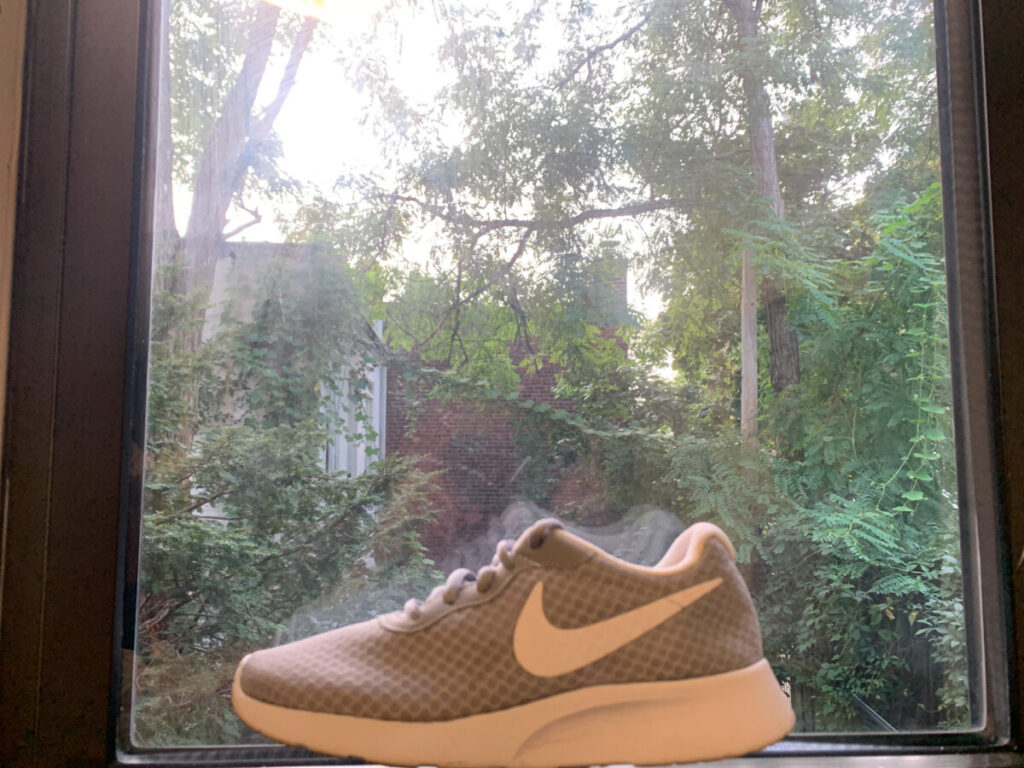
My partner was Hajar Merfouk, and I really liked her frame within a frame picture here. The scenery has lots of greenery, but it oddly draws my attention more into the shoe. She seems to use a window to frame everything within it while being eye-level with the shoe, and I think she did a great job. The only thing I would say to make this even better would be to straighten out the angle of the camera so you’re getting more of the frame, but without the tan wall beside the window frame.
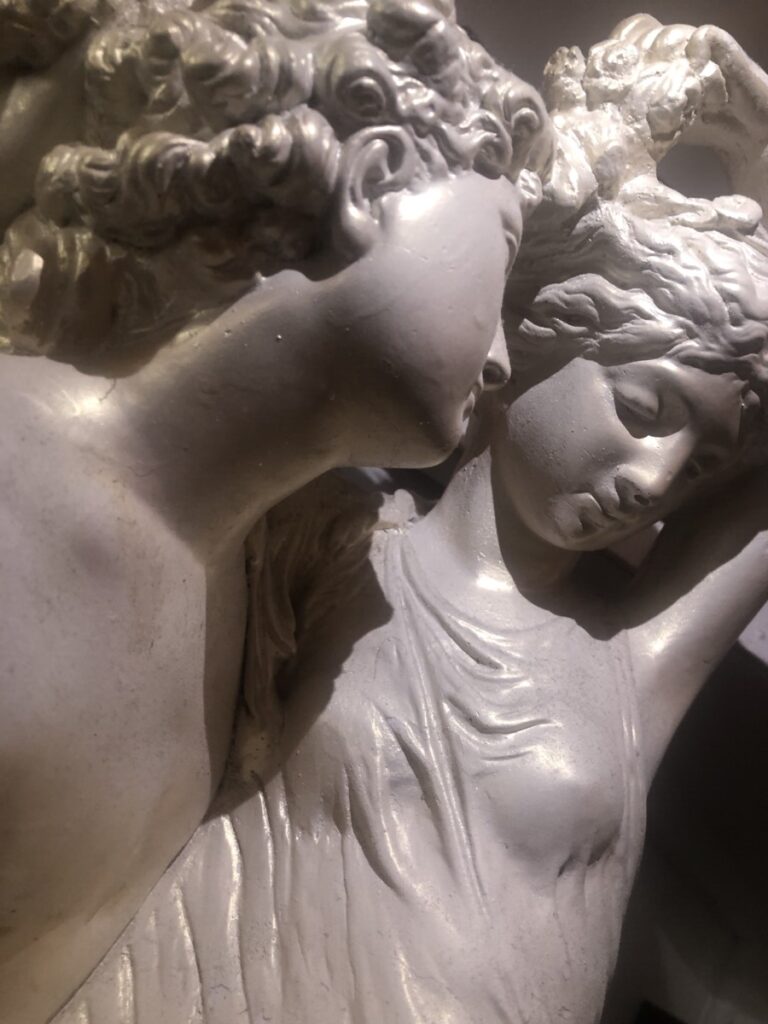
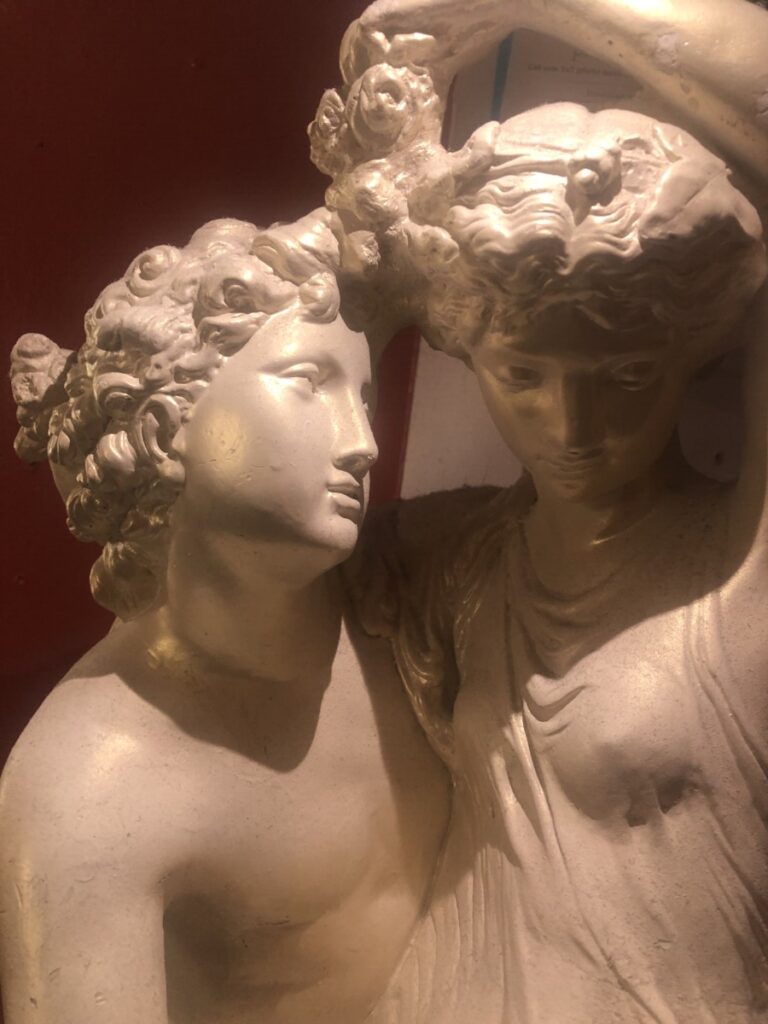
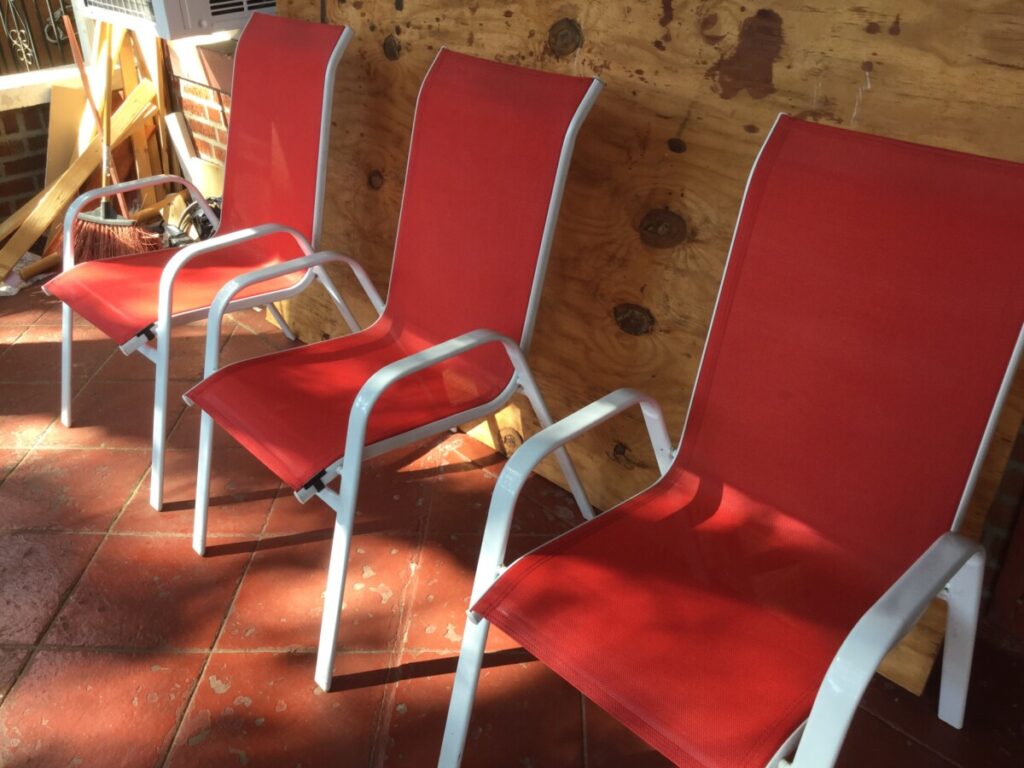
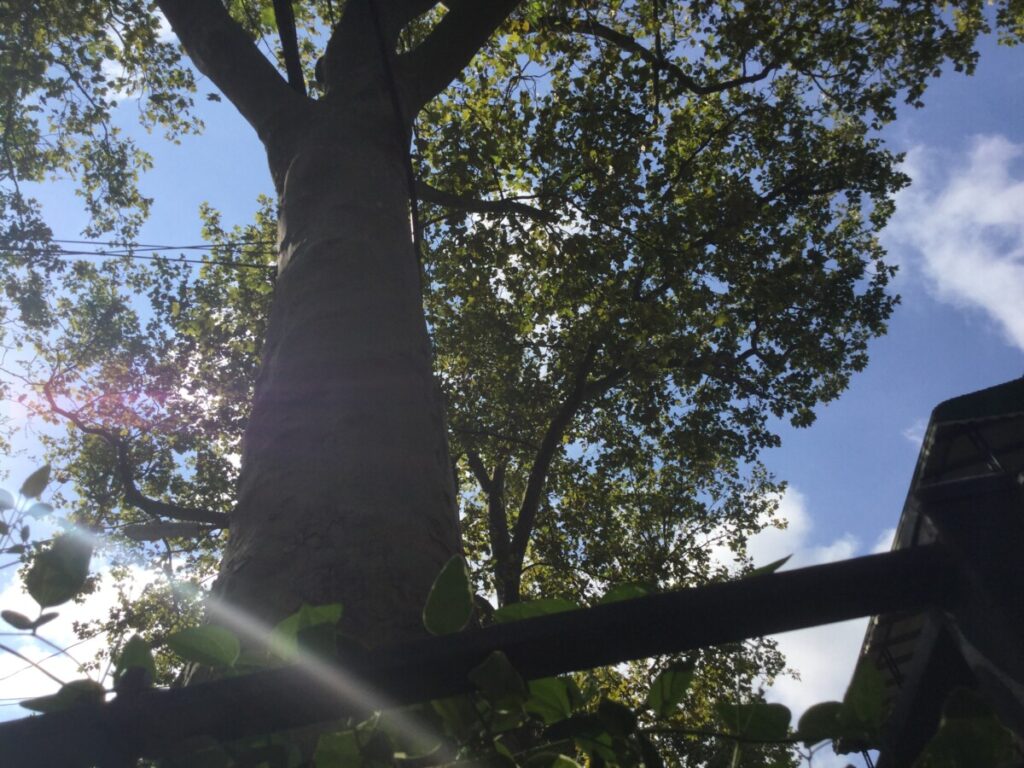
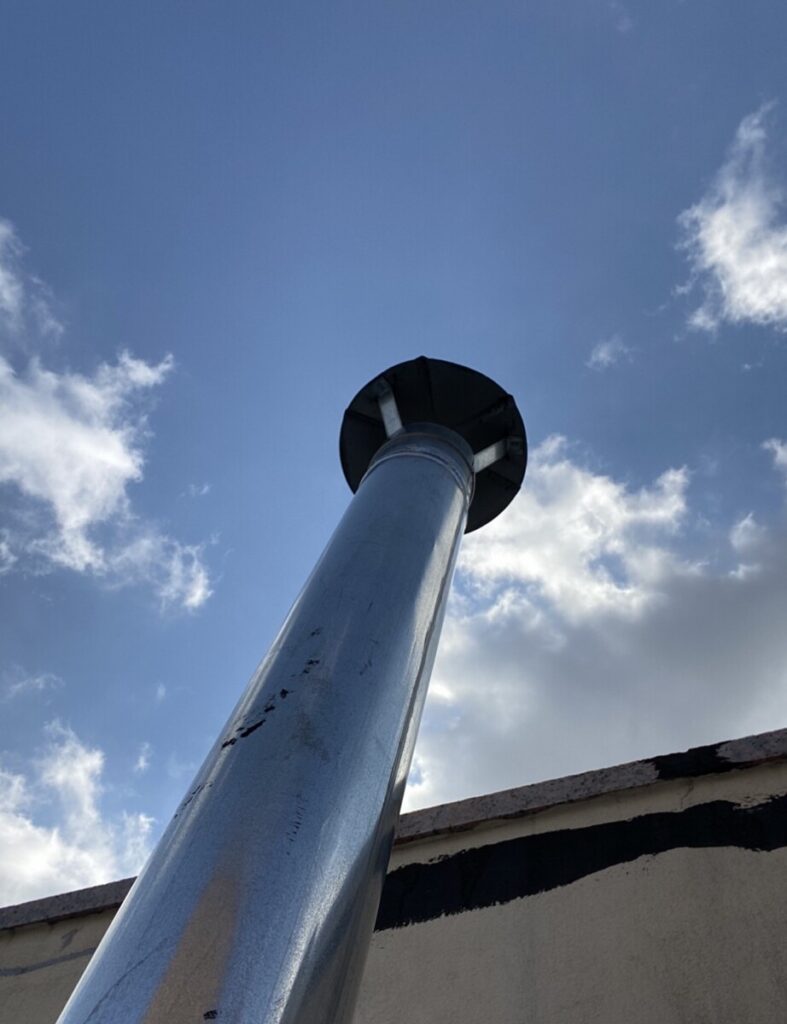
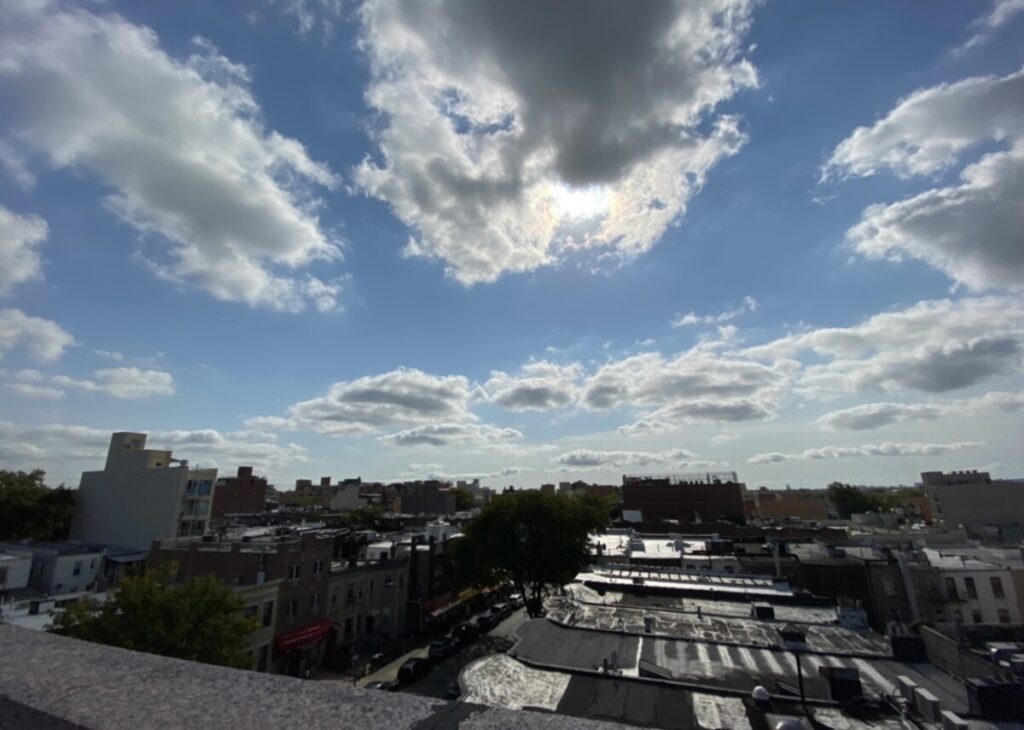
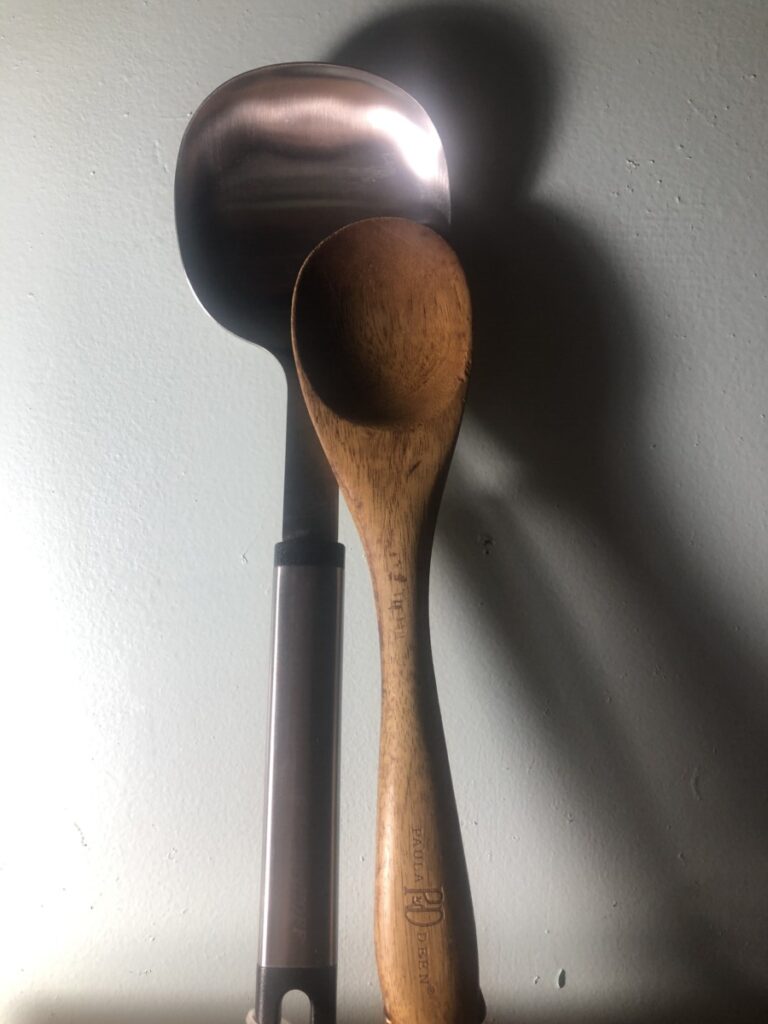
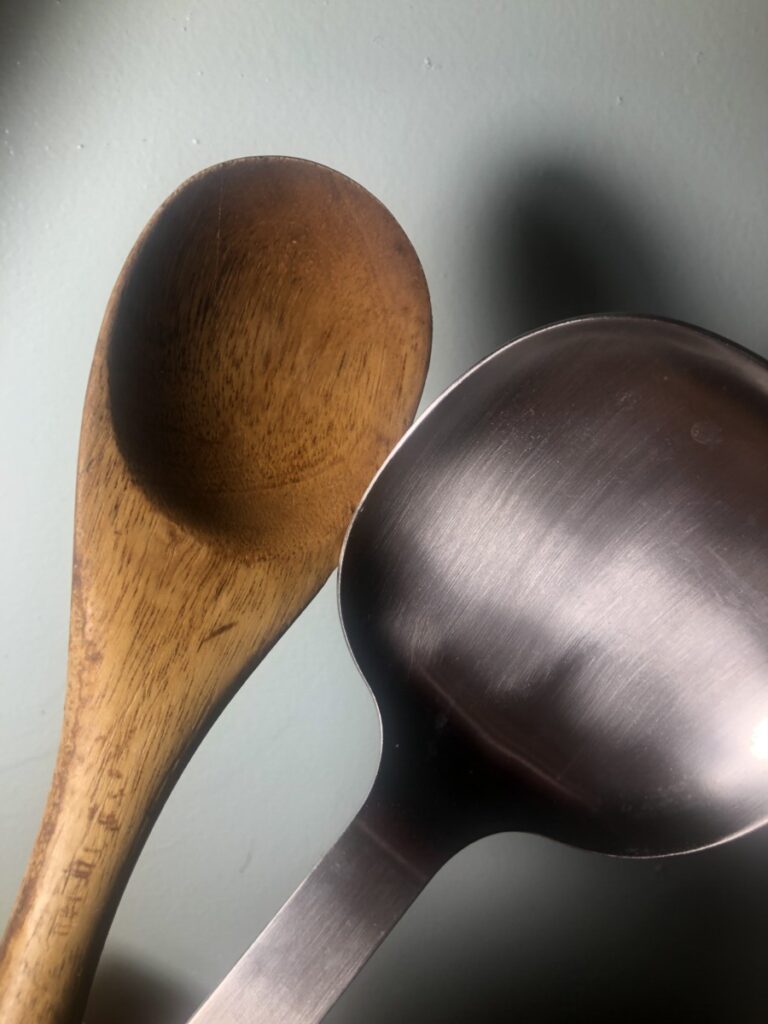
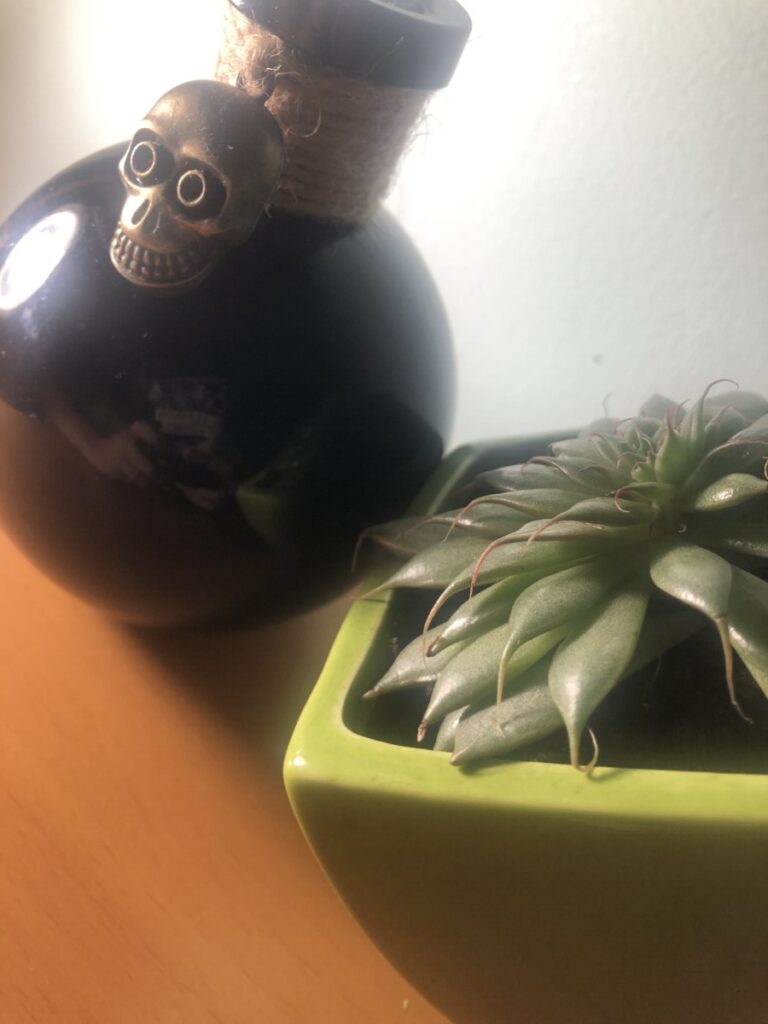
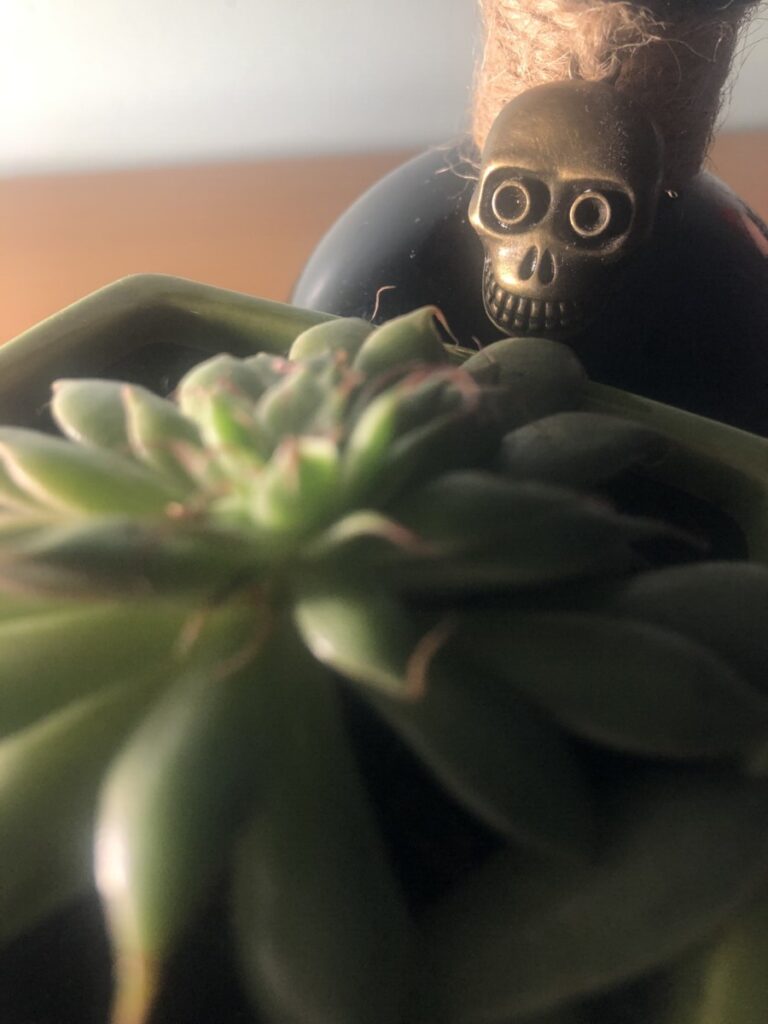


Dawoud Bey is a well-known street photographer who had an interest in describing the subject of Black individuals in a complex way. He wanted to refocus how Blacks are portrayed, so he photographed Black people to respond to how they are usually viewed with a lens of social pathology, therefor showing a different way of seeing this race. In his project “Seeing Deeply,” he tries to imagine through the eyes of slaves moving through the landscapes of the underground railroad, under cover of darkness. He wanted to make the invisible visible, and he did so by photographing these dark and historic areas without needing people directly in them. He stated that his hearing loss was compensated by seeing more; he opened his eyes to more than what the surface area gave him. A photo that really got an emotion from me was his “Tree and Farmhouse” photo. I think the idea of photographing just these landmarks without people is an amazing way for the viewer to imagine how the people that would have been there felt. I was terrified looking at the darkness of the tree branches and the home in the background. I was able to imagine the fear in fugitive slaves, not knowing if they would be caught while trying to slip away in the darkness, or not knowing if someone in the home would rat them out or gun them down.
Carrie Mae Weems uses her home as her best resource for her photographs. Weems wanted to focus on the battle of family, monogamy, polygamy, and between the sexes. While attempting to shine a light on these topics, she literally shined a single light in her kitchen to complete her project The Kitchen Table Series. She aimed to be a voice not only for African American women, but for women in general. One specific image that caught my eye was where the mother is clearly stuck in the middle of an energetic conversation going on between three other girls in the kitchen. She seems to be lost, confused, or overwhelmed while the kids continue. While the mother is still, in thought, and the kids are slightly blurry from movement, you can get a sense of how time can seem to slow down for a mother when so much is going on. Along with this, I loved the photo of her standing in the shadows behind the man at the kitchen table reading. It goes along with the feeling of having so much on your plate as a mother, housewife, and just a woman in general, while you seem invisible to the man who is too into his own things to worry.
Dawoud Bey and Carrie Mae Weems both used black and white photos for their projects. I see this as them not feeling the need to use color to communicate an emotion because their photographs and messages in each photograph is so clear and impactful on its own. Their approaches are different because of what they did photograph; Bey wanted to communicate a story and feelings without having individuals in his photos. Bey wanted to focus on the landscapes that held history. Weems used a simple area for her photos while using a single light source to focus on the individuals in her photos. The individuals in her photos help communicate her overall message, while also telling a different story in each photo. Photography can tell a million things without stating a single word, and Dawoud Bey acknowledges this as he says it is to “re-shape the world.” Photography holds the power of giving emotion, stories, and messages with a single click of a camera.
© 2024 Photography I
Theme by Anders Noren — Up ↑
Recent Comments